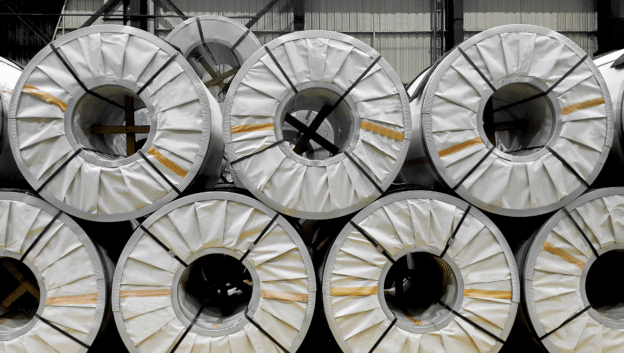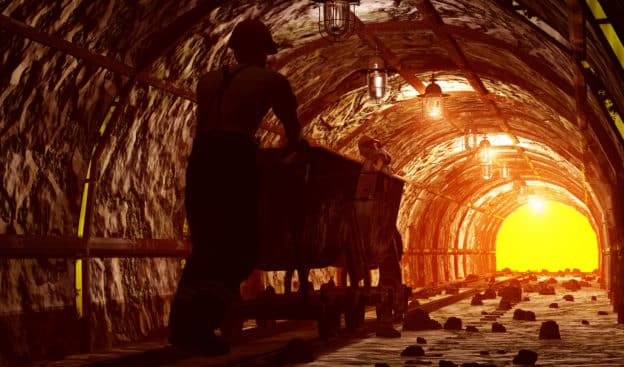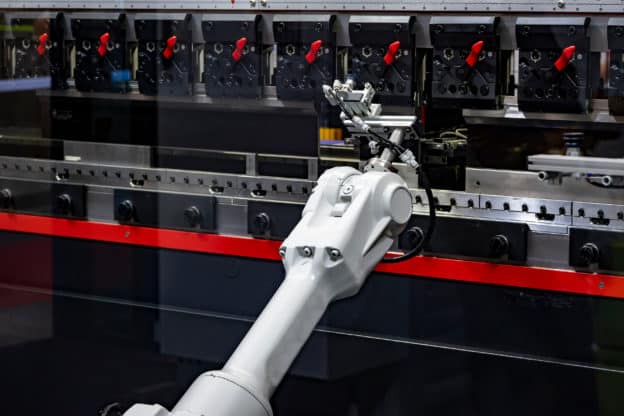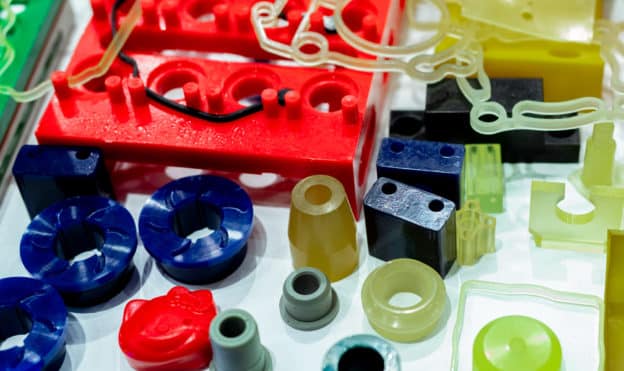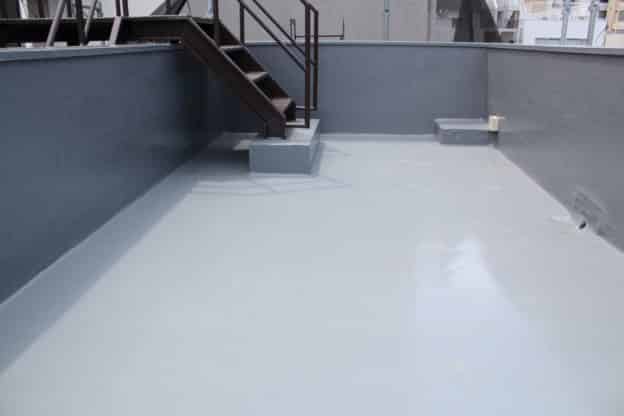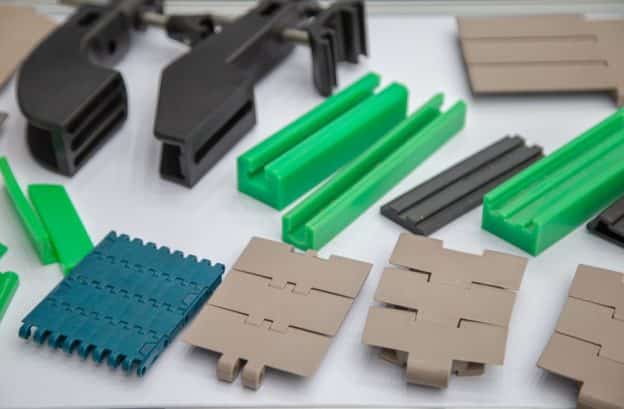Engineers in the rubber and plastics industries are required to measure the hardness of rubber, plastic, and other materials. This is to understand the mechanical specifications of materials or prospective materials that are used to produce products. By using a shore hardness tester (shore durometer) or digital durometer, engineers can tell how well a material will perform under specific conditions.
With how significant they are, durometer hardness tests must be performed and recorded accurately. In this article, we will talk about everything that product teams and engineers need to know about durometer testing.
What is a Durometer?
In industrial settings, a durometer is used to measure a material’s hardness, including rubber, plastic, and foam. It’s important that companies can accurately determine the hardness of these materials to ensure their products meet safety standards and regulations. This is to ensure that products are not too hard, which can lead to damage or injury, or too soft and unable to perform the required functions.
What is a Durometer Used For?
As mentioned, there are several materials that a durometer is used to measure. The most common applications are those involving rubber, plastic, and foam.
- Rubber: This can be anything from car ties, shoe heels, and seat belts to hoses, seals, and gaskets. Under ISO 7619-1:2010, a specific method is used to determine the indentation hardness of vulcanized or thermoplastic rubbers.
- Plastics: Durometers are also used for measuring the hardness of rigid plastics such as polypropylene, PVC (polyvinyl chloride), and ABS (acrylonitrile butadiene styrene). It is necessary to measure the hardness of these materials to determine their suitability for particular applications.
- Foam: The hardness of foam materials is often measured with a shore durometer. This can help companies determine the best material for products such as cushioning, car seats, and mattresses.
Other non-rubber, non-plastic materials are also tested with durometers, such as wood and paper. In addition to understanding their mechanical properties, it’s often necessary to measure the flatness of these materials as well.
Different Shore Hardness Scales
A hardness scale, or durometer scale, is used to assign numerical values to the materials that are being tested. The most common durometer shore hardness scales are Shore 00, Shore A, and Shore D. All these different shore hardness scales measure the same thing but use different ranges to determine the material hardness.
- Shore 00 Hardness Scale: In hardness testing, Shore 00 hardness test is used to measure rubbers and gels that are very soft. This is typically used for materials that are too soft to be tested on the Shore A or D scale, and it measures a maximum of 100.
- Shore A Hardness Scale: The Shore A scale is the most commonly used durometer. This durometer measures rubber, soft plastics, and other materials with a hardness range of 0-100. Semi-rigid plastics can also be measured using the same durometer scale.
- Shore D Hardness Scale: Measuring the hardness of semi-rigid plastics, hard plastics, and hard rubbers is done using the Shore D durometer scale. It has a hardness range of 0-100 and is used for materials that are harder than what the Shore A durometer can measure.
By accurately measuring indentation hardness or the initial hardness of a material, engineers can make sure that their products meet the necessary safety and performance requirements. Regardless of the different hardness scales, having a durometer as part of your process will help ensure that products are designed, produced, and tested to meet specific standards.
How to Physically Measure a Material’s Hardness
Hardness measurements can also be performed manually. By using a Shore Hardness Gauge — a piece of equipment that looks like a round tire pressure gauge with a needle on a spring protruding from one end — engineers can manually measure the hardness of a material by pressing it against the surface. Once pressed, the needle will penetrate the surface and deflect until the material’s hardness is measured. A specific hardness measurement will be shown on the gauge’s dial.
How Does a Durometer Work?
Under different international standards, there are many different methods used to measure the hardness of materials. Under ASTM D2240 standard test method for rubber property, twelve types of rubber hardness measurement devices are used. This includes A, B, C, D, DO, E, O, OO, and, OOO. Using a standardized presser footer, the durometer is pressed onto the material and a reading is taken.
If a timed hardness is required, a digital durometer is used to press the material and measure the hardness. In this case, the hardness of the material is measured over a specific duration instead of just one time. Unlike the usual measurement, the material under the timed hardness test should have a minimum of 6.4mm thickness.
How Durometer Influences Material Selection
If you are involved in manufacturing, selecting the right materials is an important part of the product design process. Knowing the specific properties of a material and its durometer hardness can help inform which material works best for your application.
Using a durometer to measure a material’s hardness will give you an accurate view of how the material behaves under different conditions. This information allows you to compare materials and select the best option for your product.
For a better perspective, here are some of the ways durometer hardness affects material selection.
Durometer Hardness Indicates How Elastic a Material is
The durometer scale is a measure of the hardness of a material, with higher numbers indicating a harder material and lower numbers indicating a softer material. Elasticity is a measure of how much a material can stretch or deform under a load and then return to its original shape when the load is removed. Materials with higher durometer hardness are generally less elastic and more rigid, while materials with lower durometer hardness are more elastic and more flexible.
Hardness Affects Abrasion Resistance and Wearability
Abrasion resistance is the ability of a material to resist wear or damage caused by friction or rubbing. Materials with moderate durometer hardness (around 85A) generally have better abrasion resistance, as they are more resistant to deformation and wear. This makes them more suitable for use in applications where they may be subjected to high levels of friction, such as in the soles of shoes or on conveyor belts.
Material Hardness Determines How Much Force is Required to Deform it
The amount of force required to deform a material is known as its tensile strength. Materials with higher durometer hardness generally have higher tensile strength, meaning they are more resistant to deformation and require more force to stretch or bend them. This is important in applications where the material may be subjected to heavy loads or impacts, as it determines the material’s ability to withstand these forces without breaking or failing.
Durometer Data Can Help Determine the Safety and Performance of a Product
Durometer hardness is an important factor to consider when selecting materials for a product, as it can have a significant impact on the safety and performance of the product. For example, a material with higher durometer hardness may be more suitable for use in a structural component, as it will be able to withstand higher loads without deforming.
On the other hand, a material with lower durometer hardness may be more suitable for use in a gasket or seal, as it will be able to conform to irregular surfaces and provide a better seal.
Hardness Affects Mechanical Shock Resistance, Compression Set, Temperature Range, and More
In addition to the factors mentioned above, durometer hardness can also affect a material’s resistance to mechanical shock, its ability to maintain its shape under a load (known as compression set), and its temperature range. Materials with higher durometer hardness generally have better mechanical shock resistance, lower compression set, and wider temperature range, making them more suitable for use in demanding applications.
The Bottom Line
A durometer is useful to measure the hardness of a material, and it can tell us a lot about its properties and suitability for various applications, especially for rubbers and urethanes. Knowing the durometer of a material can help determine its ability to withstand friction, compression modulus measurements (for rubber), deformation, impacts, and temperature and mechanical shock resistance.
If you need custom urethane or rubber components, Uniflex Inc. can provide you with high-quality, economical custom molded parts that are sure to meet your needs. With over 40 years of experience in the industry and an ability to design, machine, and manufacture all under one roof, our team is ready to help you get the parts you need quickly and efficiently.
Call us today at (248) 486-6000 or send us an email at sales@uniflexinc.com to get started with a free quote!


